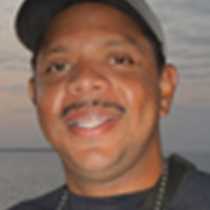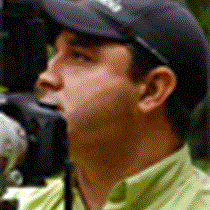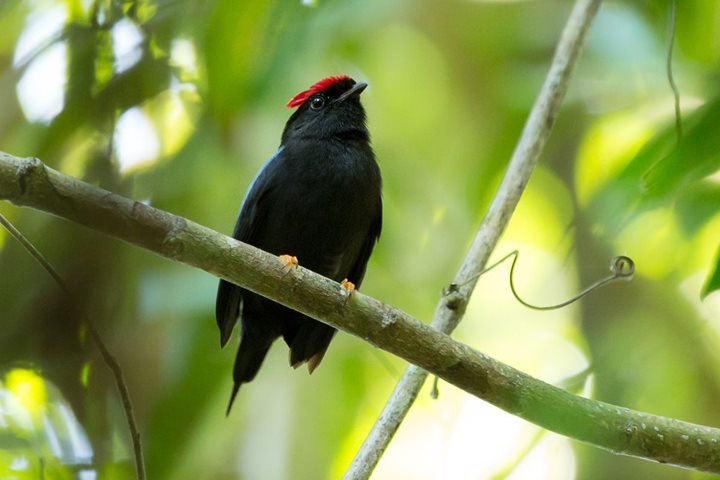The sound of the rising anchor was heard very early in the morning. The night before, we had done our partial northbound transit through the Panama Canal. Our first pilot had stayed with us until we dropped anchor very close to Gatun Locks. Now, a new pilot had come on board to take us to our morning destination, Barro Colorado Island.
It was close to dawn when it we began to be revealed to our eyes, part of the 54 km2 of Barro Colorado Nature Monument. The island was formed when the waters of the Chagres River were dammed to form the lake in 1913. When the waters rose, they covered a significant part of the existing rainforest, and the hilltops remained as islands in the middle of the lake. It has an area of 15.6 km2 (6.0 sq mi).
This island is among the most-studied areas of tropical forest in the world. The Smithsonian Tropical Research Institute has a permanent research center on the island, dedicated to studying rainforest ecosystems. Because the island's diverse ecosystem has been altered by humans very little, Barro Colorado has been studied for over eighty years within a great variety of biological disciplines.
Right after breakfast, Dr. Egbert Leigh, author of the book “The Magic Web,” gave us an introduction to the latest research done in this Monument. We were so eager to get to shore and explore two of the trails open for visitors. As soon as Dr. Leigh finished his presentation, we grabbed our gear and went ashore.
The local staff shared with our guest all the new research and discoveries done in this open lab. As we hiked through the trails we saw different term projects. The wildlife of the area escorted us with their wild calls and sounds. From spider monkeys to the smallest black and green dart frogs were our escort. What an experience!!
We return by midday to National Geographic Sea Lion. The next canal pilot came on board and we started to make our way to the last set of locks of the canal, Gatun Locks. We had experienced an evening transit the night before and now we were going to do a daylight transit.
Our naturalist Joshua guided us through the last set of locks. We were lowered 85 feet down to sea level in three chambers. When the last sets of gates were open, we could clearly see that we had arrived to the Caribbean Sea. We had mixed feelings, since seven days ago we had started our voyage in Costa Rica. Now, we were getting closer to the time when we would have to admit that our great voyage had come to its end. There was no doubt in the air that we had an unforgettable voyage!









